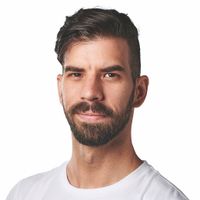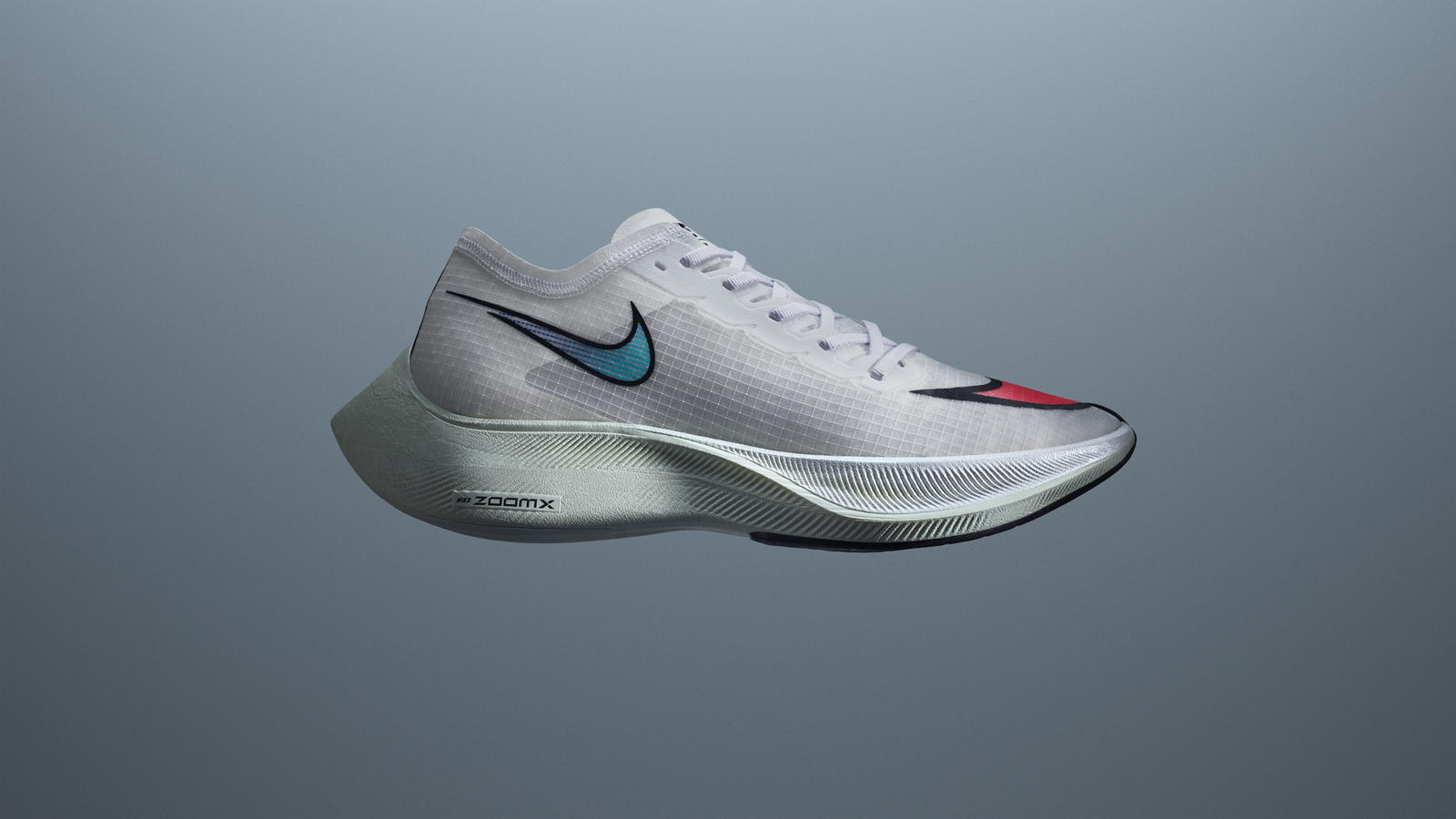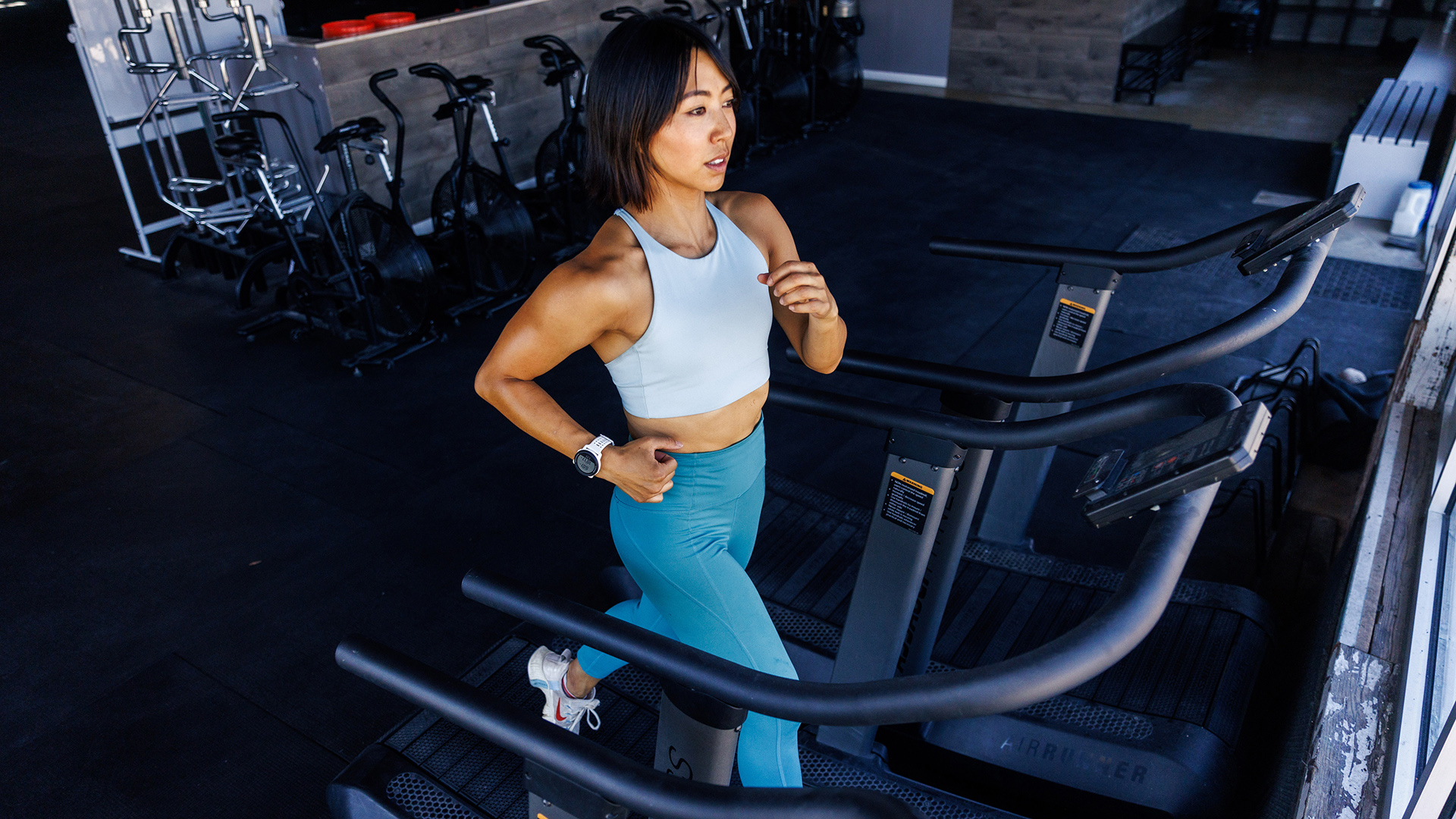Has running technology gone too far?
From record-breaking shoes to ‘super shorts’, even everyday athletes can boost their performance overnight as long as they have the budget


Innovation has always been at the forefront of running footwear and performance apparel in general. From the earliest days, companies such as Nike and Adidas have been pushing the envelope of what’s expected of trainers, clothing and accessories.
However, in recent years, the process seems to have accelerated so much that it feels like we’re only a step away from becoming cyborgs, enhanced by technology you can purchase anywhere, anytime.
Market saturation plays a huge part in pushing innovation. As companies get more competitive, they get more creative in trying to up each others’ games. One brand rolls out a concept that works, and the others will surely follow suit within a year or so.
A good example – and one that almost everyone in running circles knows – is the story of the Nike Vaporfly 4%. These shoes were engineered from the ground up to give their wearer a 4% performance boost, which might not sound much initially, but it’s quite a substantial advantage over long distances, like marathons.
The Vaporfly 4% and its successor, the Nike ZoomX Vaporfly NEXT%, were marketed heavily towards athletes who seek marginal gains, and Nike’s strategy has paid off. Not only did the Vaporfly NEXT% become the best running shoes to achieve a new personal best, but it also triggered official bodies such as the World Athletics to apply rules to remove ‘unfair’ advantage from its competitions.
Essentially, World Athletics drew the line at the Nike Vaporfly NEXT% and said running shoes used in its competitions couldn’t be taller or have more than one propulsion plate embedded in their sole, halting further experimentation on stack heights and plates.

And that's just running shoes. These days, wearables such as running watches and triathlon watches can monitor almost all of your vitals non-invasively. No need to take a blood test to check your oxygen saturation or to go to a specialised lab to determine your VO2 max.
Get all the latest news, reviews, deals and buying guides on gorgeous tech, home and active products from the T3 experts
Better still, most performance wearables can suggest workouts, advise on recovery and sleep, and do all sorts to help you perform at your best, day after day. Add accessories like a chest strap heart rate monitor, and you can also gain access to specialised running metrics such as vertical oscillation, ground contact time, stride length, vertical ratio and more.
Most Garmins and Polar watches have these functionalities and are famous for being a one-stop shop for all your training needs. There is an argument that unless you're a professional athlete, you can replace a real-life coach with a virtual assistant living on your wrist.
Of course, this is a gross simplification, but if you aim to get slightly better at running and haven't got all the money in the world, there is no need to splash the cash on a flesh-and-bone coach.
You can go further and use more than just a wearable to check your vital all day. This is the system Amazfit is working on with its smart ring concept. The brand's upcoming finger wearable is supposed to complement its running watch; you wear the watch during the day and the ring at night, providing 24/7 coverage of your training and recovery, all in one app.
It doesn't stop there, either. Companies such as Ultrahuman combine their smart rings with a continuous glucose monitor (CGM) for even more data. This tech veers into the world of semi-invasive tracking, as CGMs do pierce the skin, but it's so convenient and easy to use that it's almost less hassle than wearing a wristwatch.

Both the performance shoe and wearable markets are saturated, so naturally, companies move over to other areas to expand their portfolio.
One of these companies, Adidas, teamed up with Rheon Labs (retailer link) to produce running shorts using a patented ‘reactive super polymer’. These high-tech shorts are meant to align the shearing forces to maximise energy output, enabling you to run more efficiently.
Tamirat Tola, who won the New York City Marathon (external link) in course record in 2023, wore the shorts, as well as a number of influencers and other athletes.
“Rheon Labs tech shorts have strips of the highly strain-rate sensitive polymer strategically placed across major muscle groups,” says Liz Yelling, former double Olympian and Rheon ambassador, “This ensures that the shearing forces you produce in your muscles during high-intensity running don’t work against you.”
Yet another technology uses smart insoles to help you better your running form. UK-based company NURVV (retailer link) promises to analyse your technique and train you to be a better, healthier runner as you hit your goals and manage injury risk.
Then there is Sydney-based startup Minimis Technologies and its Minimis Glass (retailer link). It incorporates a high-resolution waveguide heads-up display into stylish, minimalist sunglasses.
Minimis says the AR glasses require no secondary device to operate, so runners can access real-time performance data, music, and maps without needing a phone in high resolution, thanks to Minimis Glass’s waveguide solution.

One might argue that performance tech is getting out of hand and that if you have enough money, you can supercharge your training from one day to the next using high-tech gear. It’s true that the change in performance technology, much like other areas in life, isn’t getting any slower.
However, trying to solve this issue by ignoring it won’t help. Pandora’s box is open, and we can’t unlearn the innovations that have already occurred. The only way forward is to embrace progress and be mindful of our environmental impact.
Forever chasing the bleeding edge of technology isn’t sustainable. The value of tech products continuously degrades over time; the most exciting innovation of today will only be a footnote in a presentation in a couple of years’ time.
Technology will only ever be able to replace some of the hard work, which means you’ll be able to get much better at running just by optimising rest, training load and nutrition. Should you get to the point where marginal gains become important, you can rest assured that there will be products to help you take your game to the next level.

Matt Kollat is a journalist and content creator who works for T3.com and its magazine counterpart as an Active Editor. His areas of expertise include wearables, drones, fitness equipment, nutrition and outdoor gear. He joined T3 in 2019. His byline appears in several publications, including Techradar and Fit&Well, and more. Matt also collaborated with other content creators (e.g. Garage Gym Reviews) and judged many awards, such as the European Specialist Sports Nutrition Alliance's ESSNawards. When he isn't working out, running or cycling, you'll find him roaming the countryside and trying out new podcasting and content creation equipment.